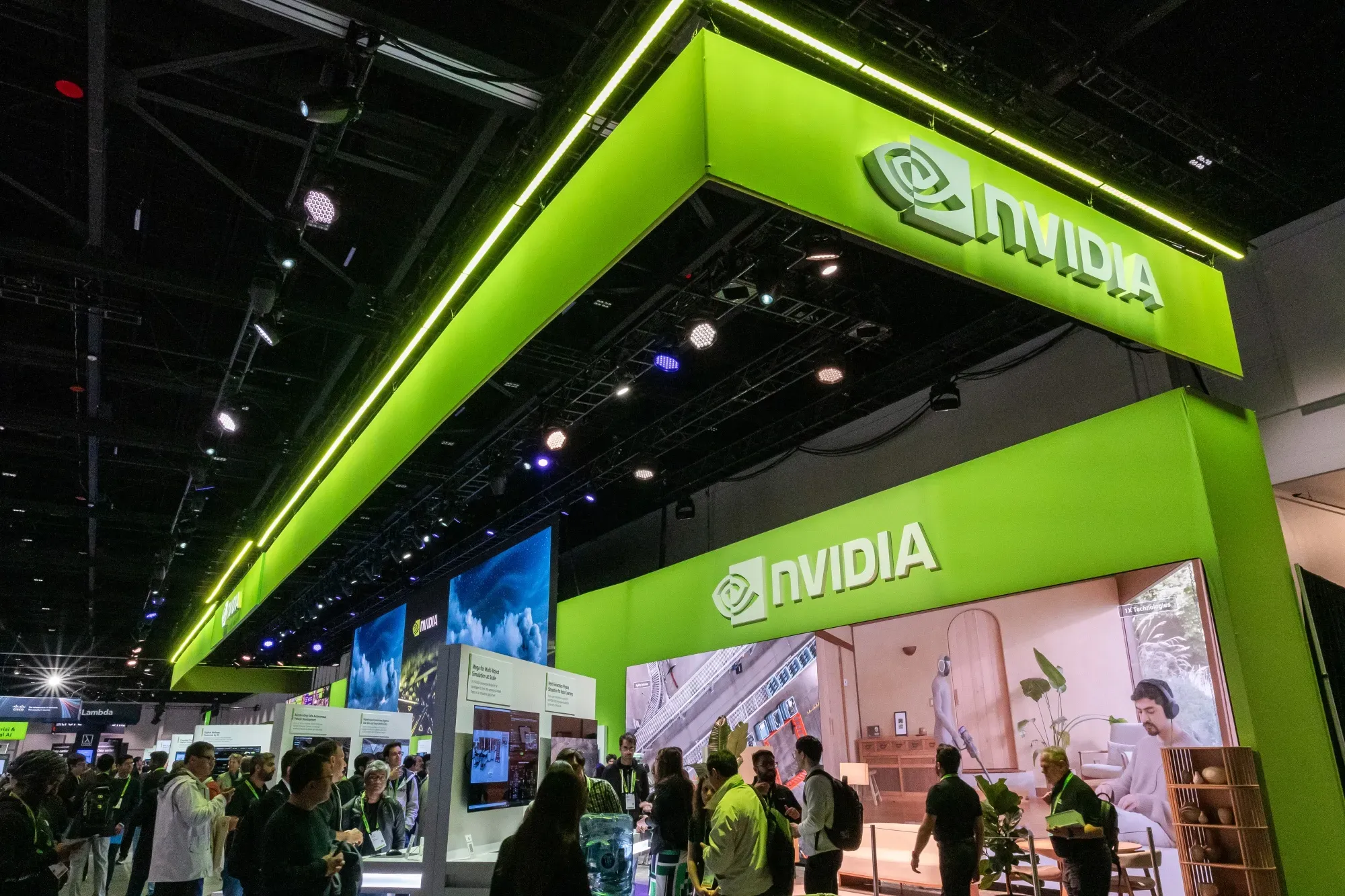Nvidia Options Offer Upside Exposure and Downside Protection as Earnings Approach
Nvidia has firmly established itself as the undisputed leader in the semiconductor industry.
As the company heads into its fiscal second-quarter earnings report on Wednesday, its dominance in artificial intelligence has propelled it to the top of the global market capitalization rankings. Nvidia is now the most valuable publicly traded company in the world by a wide margin. To put that in perspective, the gap between Nvidia and second-place Microsoft is so large that it could buy Exxon Mobil and still have cash left over. Another staggering statistic: Nvidia has delivered a total return of over 32,000% in the last decade.
What’s behind this phenomenal performance? Nvidia’s growth story is powered by its cutting-edge GPUs, which excel in parallel processing an essential capability for training and running AI models. Originally developed for gaming, these processors have become indispensable for artificial intelligence applications.
Adding to its competitive advantage, Nvidia’s proprietary CUDA software platform offers developers a seamless integration environment. This ecosystem effect makes it incredibly difficult for competitors to replicate, cementing Nvidia’s leadership position in AI computing.
The appetite for AI computing power remains intense, fueled by massive capital spending from hyperscale cloud providers. Nvidia’s upcoming Blackwell architecture is expected to keep this momentum going strong. Analysts forecast that if supply chain constraints ease and demand remains robust, the company’s quarterly revenue could climb to $50 billion by year-end.
And Nvidia isn’t stopping at data centers. It’s actively expanding into new areas such as automotive AI, robotics, and cloud gaming, all of which represent promising revenue opportunities.
Nvidia’s profitability metrics are just as impressive as its growth story. Gross margins consistently hover around 70%, and next year’s net margin is projected to exceed 56%. The company also has a strong track record of surpassing earnings estimates. If Wall Street’s forecast of $5.98 in adjusted EPS for next year proves accurate, that would mark nearly 36% year-over-year growth.
At Wednesday’s closing price of roughly $175, that implies a PEG ratio below 1, suggesting the stock remains attractively priced relative to its growth outlook.
It’s no surprise, then, that analyst sentiment toward Nvidia is overwhelmingly bullish.
Despite these stellar fundamentals, Nvidia’s recent stock performance hasn’t been quite as spectacular. Over the past 10 trading sessions, the Dow Jones Industrial Average has actually outpaced Nvidia by nearly 4% a surprising twist given the tech giant’s dominance. Part of this divergence can be chalked up to a rebound in UnitedHealth, which helped lift the Dow.
Is this recent underperformance a sign of investor fatigue? Could it be tied to concerns stemming from the latest Federal Reserve meeting minutes, which hinted that an interest rate cut may be further off? Or is it simply that industrial stocks are finally catching up after lagging behind?
Whatever the underlying reason, it raises an interesting question: Could options provide a better risk-adjusted return between now and year-end than holding the stock outright?
One approach worth considering is a calendar call spread risk reversal. This strategy offers potential upside if the stock moves higher, while providing a modest return if it trades sideways. In the worst-case scenario, the trader ends up owning Nvidia shares at roughly a 12.5% discount to the current market price based on the example structure.
Nvidia remains a powerhouse in AI and semiconductors, with growth prospects that are hard to ignore. But for investors looking for more than just buying and holding, exploring strategic options trades might be the smarter move in the months ahead.

Subscribe to our newsletter!
As a leading independent research provider, TradeAlgo keeps you connected from anywhere.








